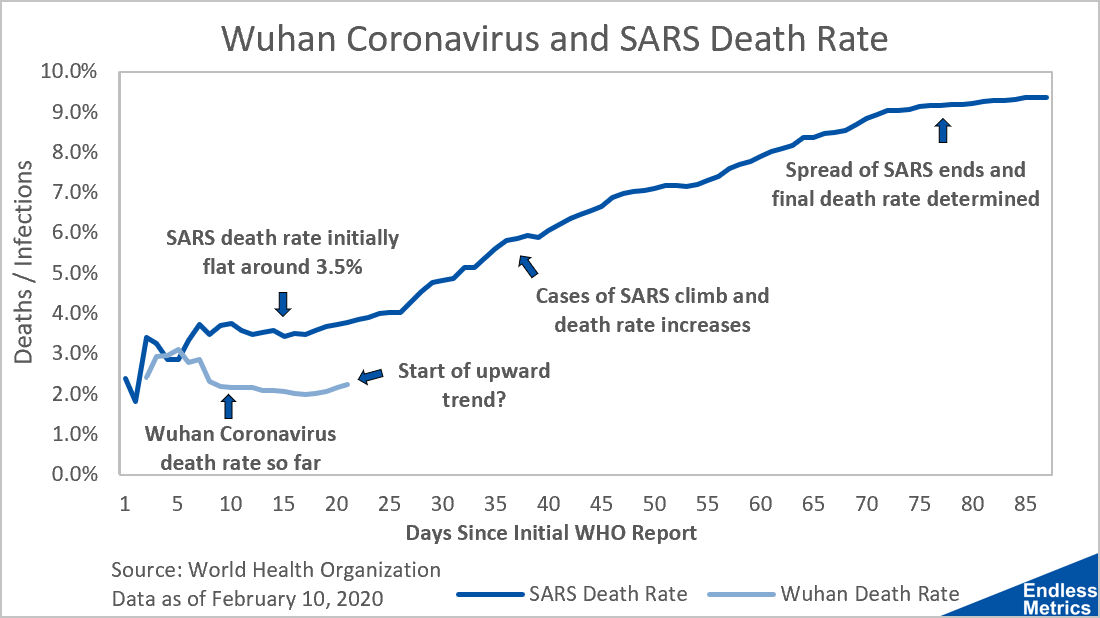Patrickov wrote:They probably know "what", but they probably don't know "how" to do, or what is universally accepted does not serve their interests.
The problem is that there is no "how", not as long as the monopoly on power of the CCP (the
Chinese
Coronavirus
Party

) doesn't allow press freedom.
If the CCP allows
glasnost and
perestroika or
dazibao, it'll start slipping on a slippery slope at the end of which there will be no more CCP. Xi has no choice but to clamp down on dissenting opinions.
@Potemkin, it's not the bureaucracy's fault. The system is inherently flawed. For the sake of self-preservation, the communist party cannot allow freedom of opinion. It is forced to suppress all opinions considered to deviate from the party. That cannot but result in failure.
The Socialist Virus. Even science has to be approved by the party.
The COVID-19 has made the answer to the Needham question so obvious that even average people instinctively understand it. Once the people lose faith in the party, the party is over



















 ) doesn't allow press freedom.
) doesn't allow press freedom. 
 - By wat0n
- By wat0n